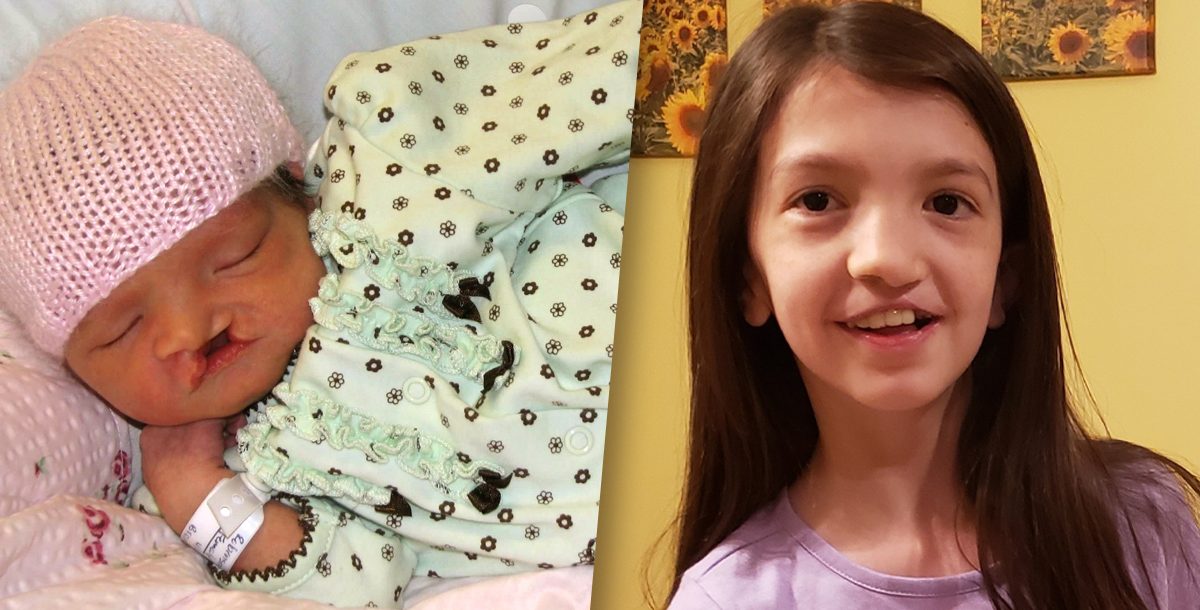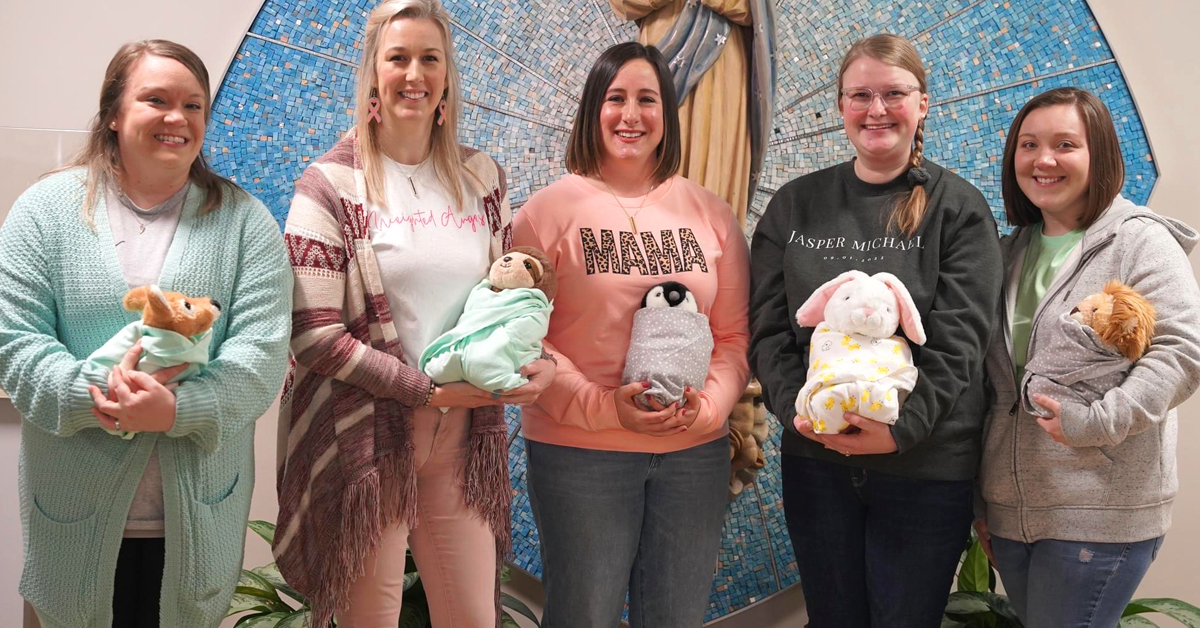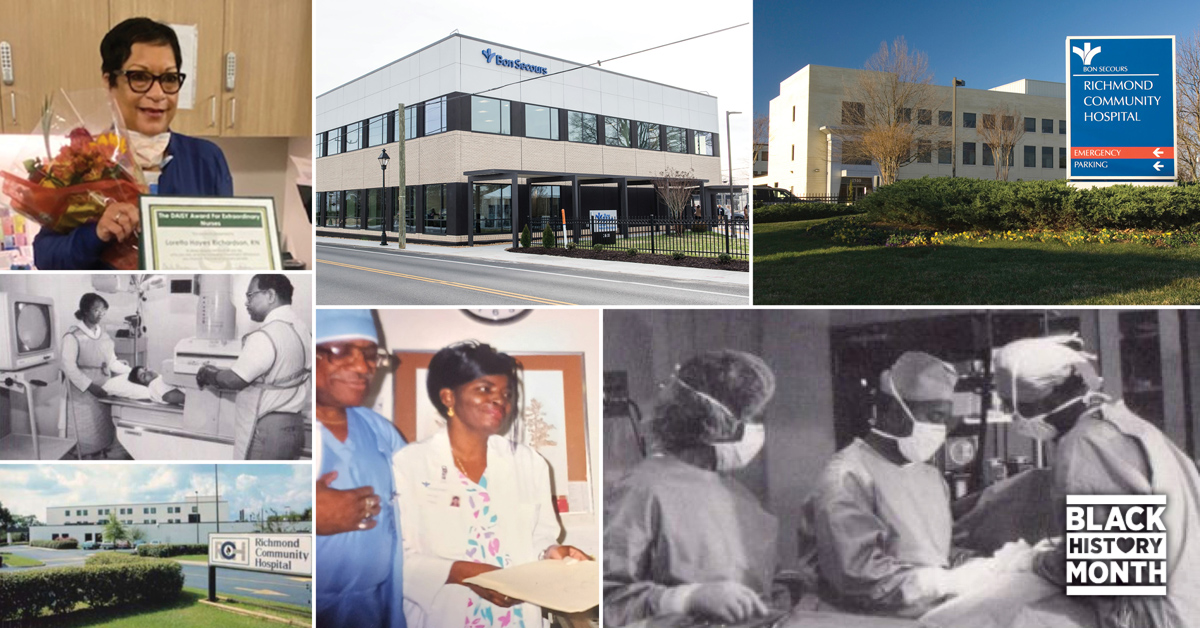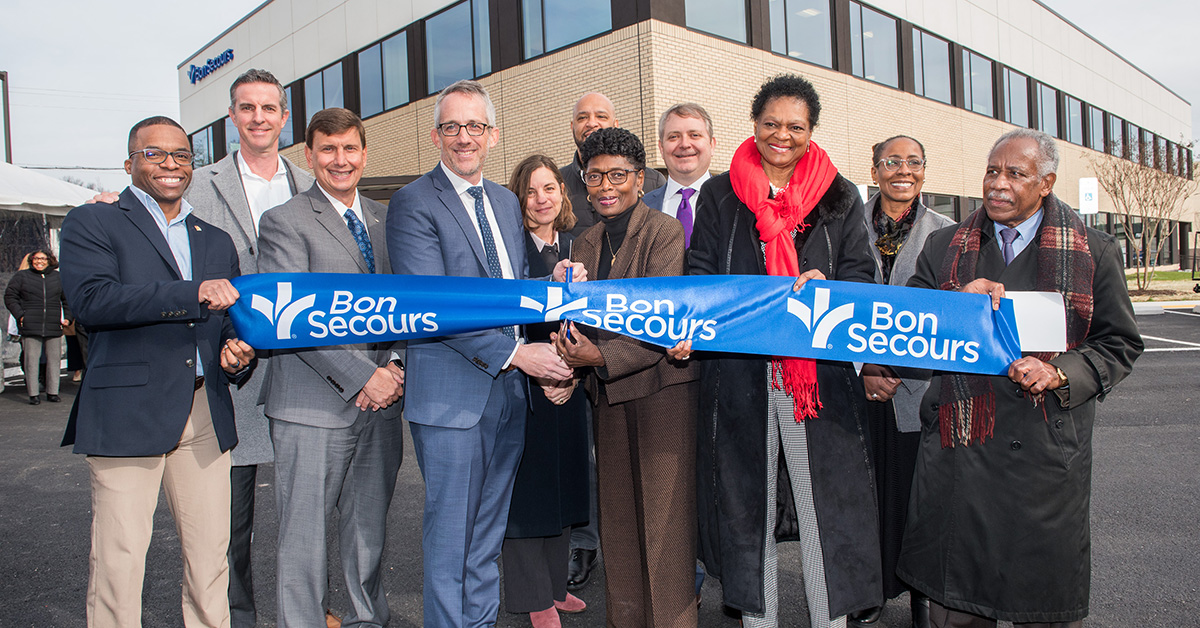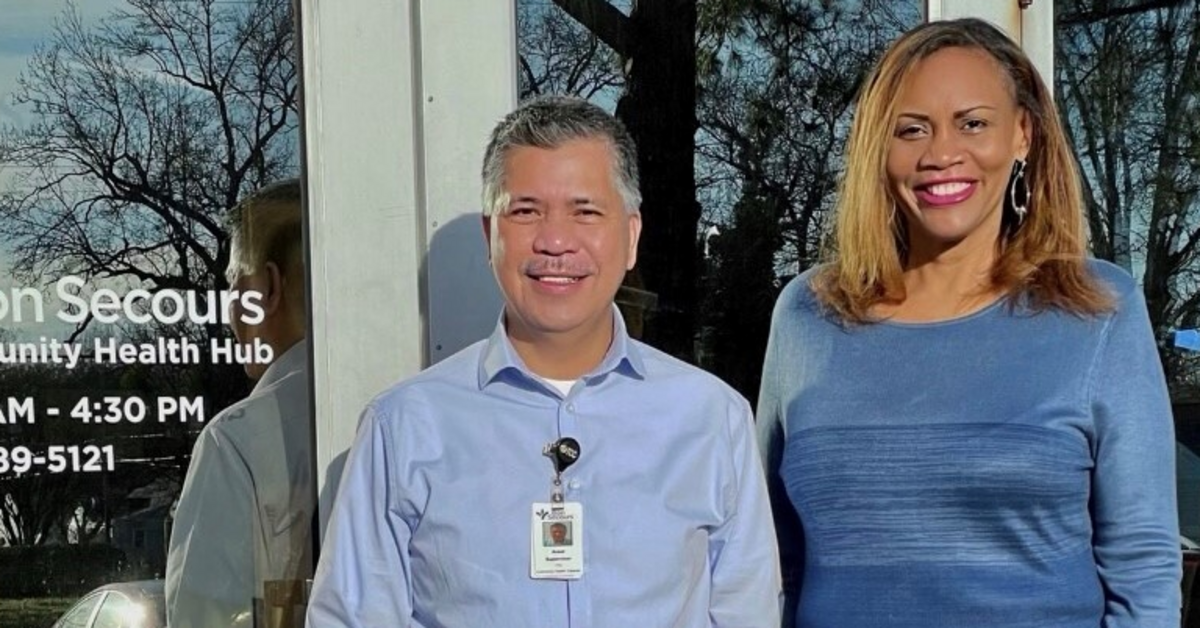Did you know the most common birth defect in the world is a cleft lip and/or palate?
July is National Cleft and Craniofacial Awareness and Prevention Month, a time to shine a light on the unique qualities and needs of individuals living with a facial difference.
A cleft lip or palate occurs when tissues that make the upper lip or roof of the mouth does not fuse properly during the early weeks of pregnancy. The condition is often identified by ultrasound prior to birth, but sometimes is not known until the baby is born. While there’s typically a complete split in the lip and roof of the mouth, sometimes only a small notch or split in the lip may be present. The baby can also have a split in the alveolus, which is the ridge that contains the teeth. Causes of the condition include both genetic and environmental factors, but there is no one thing that causes it.
A cleft lip or palate can affect the way a person eats, drinks, smiles, speaks and kisses. Although clefts are usually repaired in the first year of life, many children need additional surgeries and treatments as they get older to improve their breathing, hearing, speech, language development and appearance. These children can also require special dental and orthodontic care.
Children born with clefts or other craniofacial conditions often require complex specialized health care from infancy to adulthood.
Experience shows this care is best managed when an interdisciplinary team of specialists works with the family to develop and follow a treatment plan. Our cleft and craniofacial team at Bon Secours St. Mary’s Hospital is an American Cleft Palate-Craniofacial Association accredited program. It is made up of a group of specialists dedicated to delivering comprehensive, interdisciplinary and individualized care to patients with clefts as well as other craniofacial differences.
The team, under the leadership of plastic surgeon Isaac Wornom, III, MD, consists of hand-picked, pioneering specialists in surgery, dentistry, speech therapy and psychology, to name a few. They are all committed to diagnosing and treating patients with cleft and craniofacial conditions from prenatal diagnosis to adulthood. Patients are seen individually by the members of the team. From there, treatment plans are discussed and formulated during the team’s monthly meetings.
Dr. Wornom is proud to lead this talented group of specialists.
“Our Cleft and Craniofacial Team at St. Mary’s is an amazingly talented group of experienced health care professionals,” he says. “It has been a pleasure to lead them over the years to care for these special patients.”
Cary Robinson, mother of Katelyn (pictured above), was kind enough to share her multi-year experience with our cleft and craniofacial team after her daughter was born with cleft lip and palate.
In 2011, Cary’s daughter, Katelyn, was born. It was at birth that Cary found out her daughter had a cleft lip and palate. Cary had no indications during her pregnancy that Katelyn would have a cleft. Cary and her husband were familiar with cleft and craniofacial issues since her husband also had a cleft lip and palate.
After birth, Katelyn had to be hospitalized for problems with feeding and failure to gain weight. Cary and her husband were determined to find the right care for their daughter’s condition. Together, they drafted a 7-page letter asking for help with Katelyn’s diagnosis.
The family reached out to various cleft centers. However, they were optimistic with the St. Mary’s Hospital cleft team.
“St. Mary’s Hospital was just starting their team,” Cary recalls. “We learned that they were different from other teams, including being scheduled and seen individually and having a team meeting to talk about each case.”
Once the family was in touch with the St. Mary’s team, they met with several different key providers.
“We met with Dr. Isaac Wornom as well as Linda Shait to discuss the treatment that she had received so far and come up with a game plan for treatment going forward,” Cary shares. “Our experience was mostly all positive. We love that Linda is the team coordinator and that we can call her any time. She will answer all of our questions or contact the doctor or other team member if needed.”
Cary explains her experience with our cleft and craniofacial team by saying, “it’s amazing that you get that personalized care.”
Cary also emphasizes being an advocate for your loved ones. If you believe there is something wrong, the key is to reach out. Cleft and craniofacial conditions affect a lot of people and is something that can come up without a family history of the condition.
At Bon Secours, we are committed to treating children as they grow and develop. Learn more about the pediatric cleft and craniofacial care services as well as pediatric services we offer at Bon Secours.

